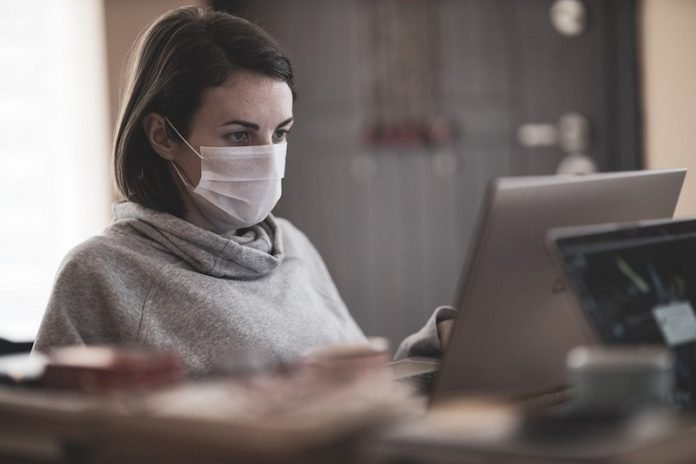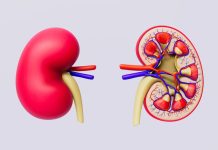
In a new study, researchers found that 14.4 million workers face exposure to infection once a week and 26.7 million at least once a month in the workplace.
This finding points to an important population needing protection as the novel coronavirus disease, COVID-19, continues to break out across the U.S.
The research was conducted by a team at the University of Washington.
In that paper, the team calculated that about 8% of workers in Federal Region X—comprised of Alaska, Washington, Oregon, and Idaho—work in jobs where exposure to infection or disease occurs at least once a week at work.
Those risks include flu-like illnesses, MRSA, and other respiratory illnesses, like COVID-19, as well as wound infections.
Using federal employment data, and the same analysis method, Baker and her co-authors determined:
10% (14,425,070) of U.S. workers are employed in occupations where exposure to disease or infection happens at least weekly, based on employee and employer self-report.
18.4% (26,669,810) of U.S. workers are employed in occupations where exposure to disease or infection happens at least monthly, based on employee and employer self-report.
The team says while healthcare occupations represent the bulk of workers exposed to infection and disease, other occupations that frequently interface with the public and provide essential services are also at increased risk of exposure.
Those include police officers, firefighters, childcare workers, and personal care aides.
This underscores the importance of all types of occupations developing workplace response plans for infectious disease.
While those response plans must include how to keep workers safe from exposure at work, Baker added, they must also ensure workers don’t have to show up sick, potentially spreading disease within and outside the workplace.
Some workers who are in higher-paying and more secure jobs, often salaried, can work from home or afford more time away from work, but many don’t have these same options, such as workers who participate in the gig economy or are independent contractors and are typically not considered employees.
These workers don’t benefit from employee protective policies, such as sick leave, putting them at increased risk of having to work when they or a loved one is sick, despite public health guidance.
Even if a worker does have paid sick leave, and knows how to access it, a variety of other real and perceived pressures—such as an economy that rewards people who are working hard at all times, or pressure to perform work that no one else can perform, encourages workers to come to work sick, a phenomena researchers term “presenteeism.”
The findings serve as an important reminder that the workplace should be a focus for public health intervention, especially during disease outbreaks such as COVID-19.
The lead author of the study is Marissa Baker, an assistant professor in the UW School of Public Health.
The study is published in PLOS ONE.
Copyright © 2020 Knowridge Science Report. All rights reserved.



